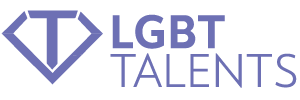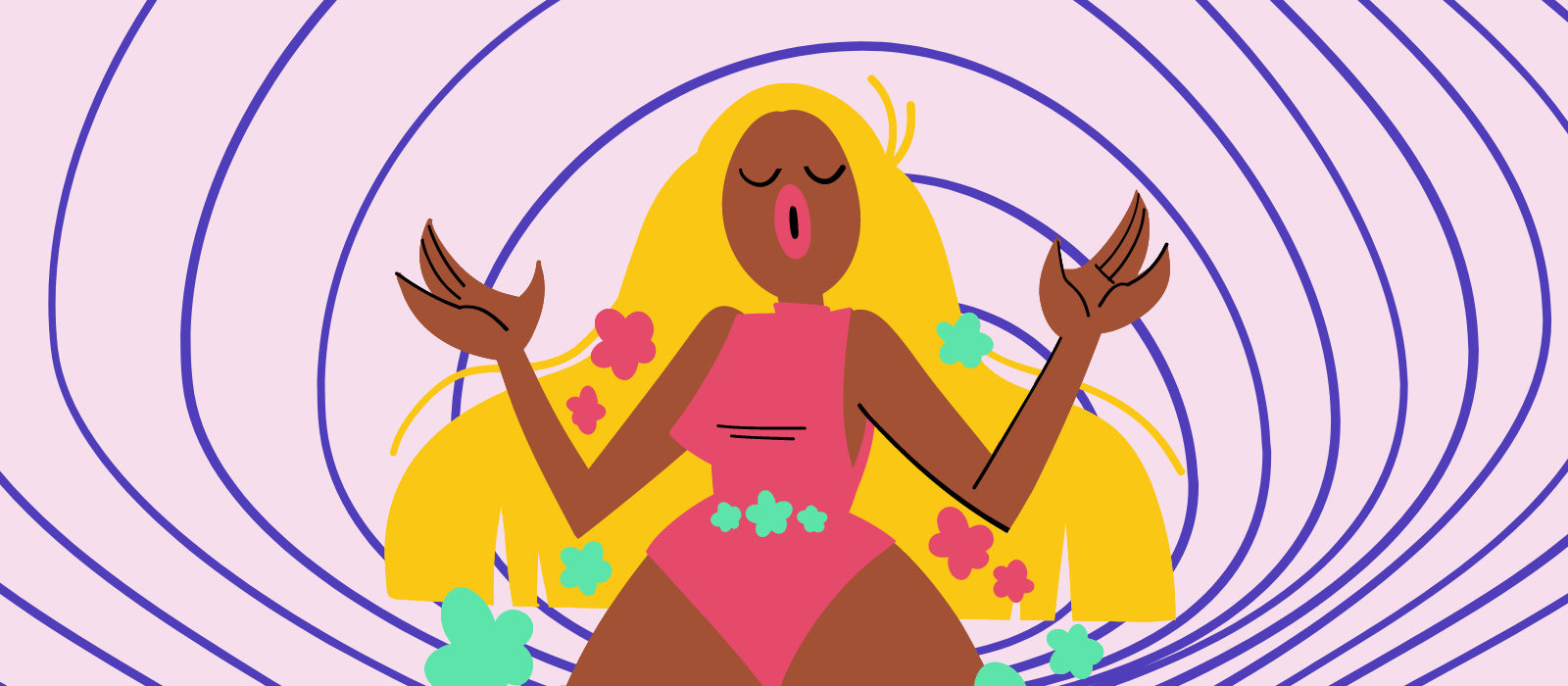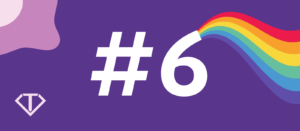From Dancing with Myself: Model of Professional Identity Development via Intrapersonal Vicarious Learning, by Bianca Crivellini Eger and Daniel Newark (2022).
Professional identity is at the heart of LGBT+ inclusion at work. Coming out of the office is one thing. But whether you want to “show up” or not, the question of progression remains. How do you develop your professional personality as an LGBT+ person? In a 2022 paper, researchers Bianca Crivellini Eger and Daniel Newark suggest that practicing drag allows one to vicariously acquire certain skills and transfer them to one’s “self” at work.
Intrapersonal vicarious learning
Specifically, the article presents a process of professional identity development through intrapersonal vicarious learning. Vicariousness refers to replacing, substituting for something else; for example, a vicarious organ is said to substitute for another organ, sometimes because of functional insufficiency. Here, intrapersonal vicarious learning means that a second personality can substitute, for a time, for the professional personality, in order to facilitate the learning of certain skills.
The study is based on an ethnography of Italian professionals, also working as drag queens. For these subjects, the drag character is a field of exploration: it allows them to test and develop professional qualities, interesting for the “main professional self”. Once acquired by the alter ego, these qualities are adapted and then transferred to this “primary professional self”. It is this process that Crivellini Eger and Newark call intrapersonal vicarious learning.
The importance of compartmentalization
This process relies on a particular ability to distinguish two “selves”: the professional self on the one hand, and the drag personality on the other. The two personalities are not independent, but almost: the alter ego is not only a variant of the main self, but a second self different from the first. It is striking, in shows like Drag Race, to see the artists talking about their characters in the3rd person.
Why this totally subjective compartmentalization? According to Crivellini Eger and Newark, this is a necessary condition for the exploration of the drag personality. By separating his two selves, the subject reduces the pressure he might have felt: for example, what is the meaning of my job and of my drag? How can I find coherence in all this? How do I infuse my “core self” with what I learn in drag? By removing this existential pressure, the subject is freed. It allows itself to test behaviors that might have been subject to self-censorship, if the objective of the drag had been directly the acquisition of skills.
In short, drag is a great place for professional learning. However, Crivellini Eger and Newark’s model seems to work only on one condition: that its practice remains free, and not a career development tool.
Reference
Crivellini Eger, B., & Newark, D. (2022). Dancing with Myself: Model of Professional Identity Development via Intrapersonal Vicarious Learning. In Academy of Management Proceedings (Vol. 2022, No. 1, pp. 16194). Briarcliff Manor, NY 10510: Academy of Management.



